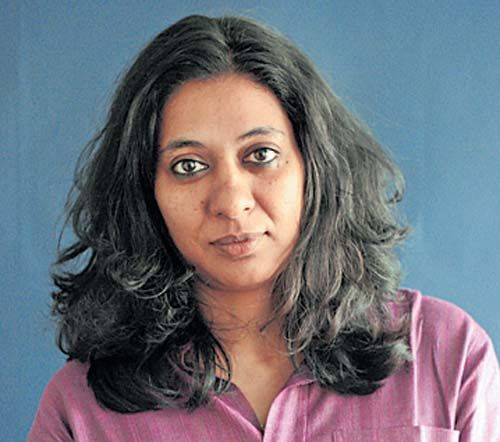Columns
The government should expand child grants
With 40 percent of the population under 18 in Nepal, investing in children is more important than ever.
Lena Simet & Meenakshi Ganguly
In 1995 the government of Nepal introduced old age pensions, which have improved the lives of millions. In doing so, it was giving effect to one of the core duties on all countries—whether rich or poor—to ensure the right to social security for all. At first, pensions were available in only five districts, where people aged over 75 received Rs100 a month. Today, most Nepalis over the age of 68 receive Rs4000 (about US$30) a month—a crucial contribution to many households. While more work remains to bring the pension policy in line with human rights standards, it is widely appreciated a valued part of everyday life.
As political leaders begin their campaign for the upcoming elections, they should recognise that voters are still waiting for a government that will deliver its commitments to provide a similar benefit to Nepal’s children. An expanded child benefit is even more urgently needed after the Covid-19 pandemic reversed achievements in reducing child poverty. The results would not only be felt by young people and their families, but by the whole nation, and for generations to come.
According to a 2021 UNICEF study, if all children in Nepal up to the age of 17 received a small inflation-adjusted child benefit of Rs430 per month by 2035, incrementally increasing from an initial age eligibility of children under five, family poverty could be cut by as much as 16.8 percent. And it would cost less than 0.7 percent of GDP a year. The economic and societal benefits would be huge.
Presently, very few families with children receive child benefits, and child poverty is high. Human Rights Watch found that child labour increased during the pandemic, as children worked to help their families survive—and missed out on their education. A UNICEF survey from April this year finds that one in five families still struggle to feed their children. Many families have resorted to taking on debt, selling assets, or reducing their food intake.
Social protection programmes, including financial assistance to families, can change the trajectory of children’s lives. These should be based on Nepal’s human rights obligations to ensure an adequate standard of living for everyone, including children.
We already know that social protection programmes aimed at children make a difference in Nepal. In 2009, Nepal’s government initiated the Child Grant, a monthly cash transfer currently worth Rs532 per child, for up to two children per family under the age of five. What started as a programme that targeted the Karnali region and Dalit families living in poverty in the rest of the country, was quickly extended to cover all children aged under five in 25 districts.
Although benefit amounts are small, they changed lives for the better. Studies found that the Child Grant increased birth registration rates and enabled families to buy food, clothes, and other basic needs. It lowered the likelihood of child labour for the recipients and their siblings. But only about one third of children aged up to five years receive the Grant today and a mere 6 percent of all children in the country.
While Nepal is often considered at the forefront of social protection compared to other low-income countries, protecting the right of children to an adequate standard of living has taken a back seat. Part of the problem is that the government has not followed through on plans to expand the Child Grant to all 77 districts, as it did with pensions a generation ago. It should expand the Child Grant to all families throughout Nepal.
In the districts where benefits are available, mostly in the Far West, Karnali, and Central Terai, deep barriers to access remain. A non-governmental organisation we spoke with found that in some municipalities, between 20-43 percent of eligible children do not receive the Child Grant.
To get the grants, parents need to show a citizenship certificate. This is the case for all social protection programmes in Nepal. But about one-fifth of the population don’t have citizenship. Studies show that the highest proportion of people without citizenship live in the hills and mountains.
Another barrier is the stigma associated with requesting government support. Many women, especially from Dalit and Muslim communities, report that they fear discrimination if they apply. This could be overcome if child benefits were a universal entitlement, like pensions.
The disadvantages of growing up in poverty—including inadequate nutrition, bad health care, lost education, and the cognitive burden that goes with never having enough money—can harm children for the rest of their lives. The harm persists across generations.
In 2019-20, the government allocated only 4 percent of the social protection budget to children. With 40 percent of the population under the age of 18, investing in children is more important than ever for Nepal’s future prosperity. The next government should expand the child grant to cover all children in Nepal. Millions of children and their families would benefit, and so would the whole country.




 14.12°C Kathmandu
14.12°C Kathmandu
















